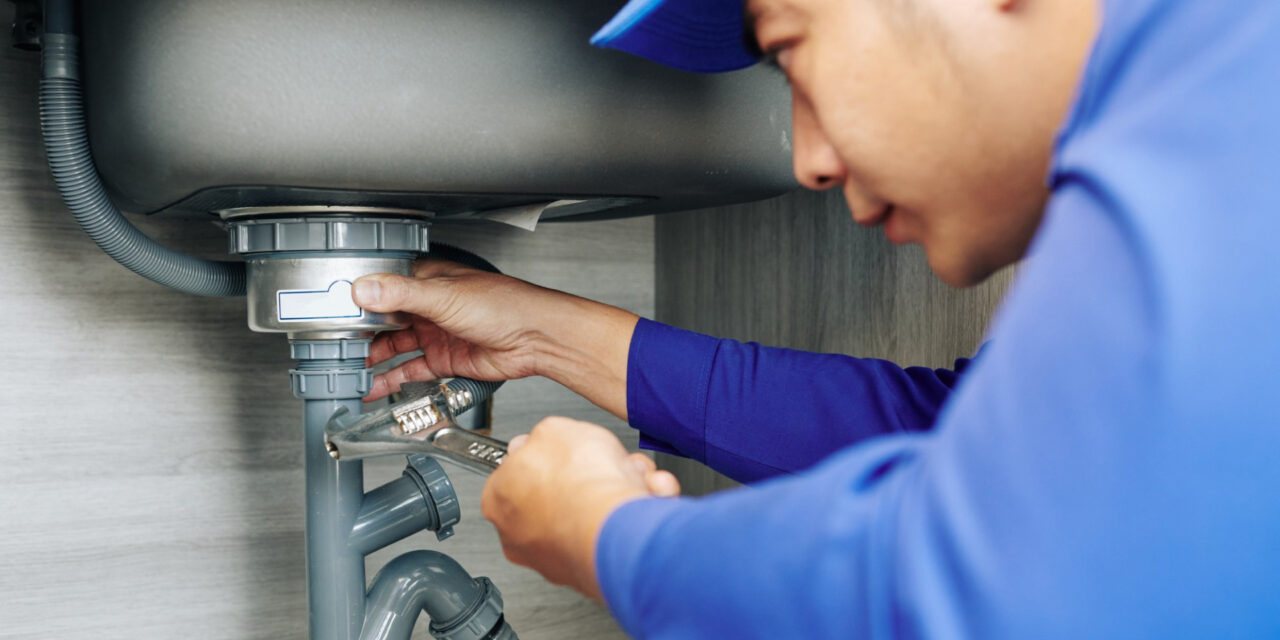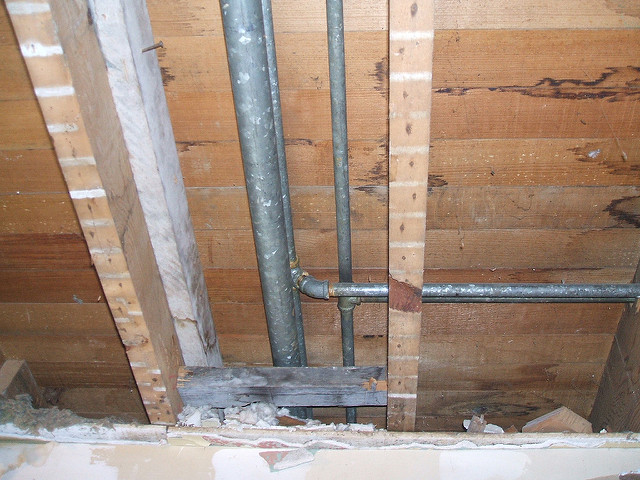6 Ways to Find Concealed Water Leakages in Your Home
6 Ways to Find Concealed Water Leakages in Your Home
Blog Article
Just how do you really feel when it comes to Detecting hidden plumbing leaks?

Early detection of dripping water lines can mitigate a prospective disaster. Apart from conserving you money, it will certainly decrease the worry as well as irritation. The minute you find a leak, calling your plumber for repairs is the most effective option. However, some tiny water leaks might not be visible. If you can not discover it with your naked eyes, here are some hacks that help.
1. Take A Look At the Water Meter
Every home has a water meter. Examining it is a surefire way that helps you find leaks. For beginners, switch off all the water sources. Make sure no one will flush, use the faucet, shower, run the washing device or dishwashing machine. From there, go to the meter and watch if it will certainly transform. Given that nobody is using it, there should be no activities. If it relocates, that shows a fast-moving leak. If you detect no changes, wait an hour or two and inspect back once more. This indicates you might have a slow-moving leak that might also be underground.
2. Inspect Water Consumption
If you detect sudden adjustments, regardless of your usage being the very same, it suggests that you have leakages in your plumbing system. A sudden spike in your costs suggests a fast-moving leakage.
A stable increase every month, also with the exact same practices, reveals you have a slow leakage that's additionally slowly rising. Call a plumber to completely inspect your building, particularly if you really feel a warm area on your floor with piping underneath.
3. Do a Food Coloring Test
When it comes to water consumption, 30% comes from commodes. If the color in some way infiltrates your dish throughout that time without flushing, there's a leakage between the container as well as bowl.
4. Asses Outside Lines
Do not neglect to check your exterior water lines as well. Test spigots by attaching a yard pipe. Must water permeate out of the connection, you have a loose rubber gasket. Replace this and also guarantee all links are tight. It will help obtain it professionally took a look at and maintained yearly if you have actually obtained a lawn sprinkler system. One tiny leak can waste tons of water and spike your water bill.
5. Evaluate and also Assess the Circumstance
Property owners must make it a habit to check under the sink counters as well as also inside cabinets for any type of bad odor or mold and mildew growth. These 2 warnings suggest a leakage so prompt interest is called for. Doing routine assessments, even bi-annually, can save you from a major trouble.
Check for discolorations and deteriorating as most home appliances as well as pipes have a life span. If you suspect leaking water lines in your plumbing system, don't wait for it to escalate.
Early discovery of dripping water lines can alleviate a potential catastrophe. Some tiny water leaks might not be visible. Examining it is a proven way that assists you uncover leaks. One tiny leakage can lose tons of water and increase your water expense.
If you suspect dripping water lines in your plumbing system, don't wait for it to rise.
WARNING SIGNS OF WATER LEAKAGE BEHIND THE WALL
PERSISTENT MUSTY ODORS
As water slowly drips from a leaky pipe inside the wall, flooring and sheetrock stay damp and develop an odor similar to wet cardboard. It generates a musty smell that can help you find hidden leaks.
MOLD IN UNUSUAL AREAS
Mold usually grows in wet areas like kitchens, baths and laundry rooms. If you spot the stuff on walls or baseboards in other rooms of the house, it’s a good indicator of undetected water leaks.
STAINS THAT GROW
When mold thrives around a leaky pipe, it sometimes takes hold on the inside surface of the affected wall. A growing stain on otherwise clean sheetrock is often your sign of a hidden plumbing problem.
PEELING OR BUBBLING WALLPAPER / PAINT
This clue is easy to miss in rooms that don’t get much use. When you see wallpaper separating along seams or paint bubbling or flaking off the wall, blame sheetrock that stays wet because of an undetected leak.
BUCKLED CEILINGS AND STAINED FLOORS
If ceilings or floors in bathrooms, kitchens or laundry areas develop structural problems, don’t rule out constant damp inside the walls. Wet sheetrock can affect adjacent framing, flooring and ceilings.
https://www.servicemasterbyzaba.com/blog/how-to-detect-water-leakage-in-walls/

Hopefully you enjoyed reading our article on Locating water leaks. Many thanks for taking a few minutes to read our article. Kindly take the time to promote this post if you appreciated it. Thanks for your time spent reading it.
Report this page